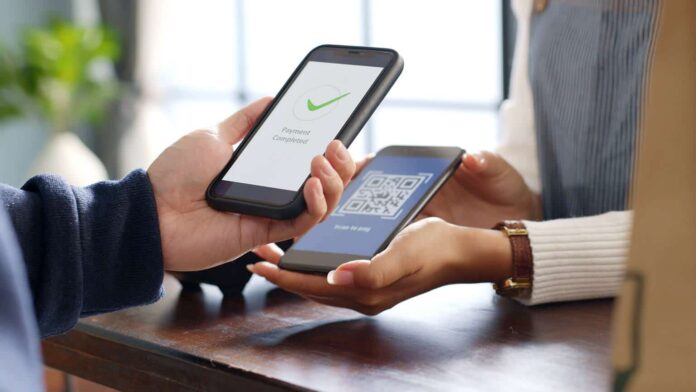By the present-day global standards, India is leading in financial inclusivity. But that doesn’t mean all of India has fully embraced digital payments.
The reason for such a predicament is the vast size of the nation. That is an impediment for internet coverage to reach every part of the nation. Because of the network disability to reach these regions, many of them are not able to access digital payment.
To bypass this deficiency RBI has initiated small-value offline payments to make digital payments more inclusive.
For that they released a framework on January 03, 2022, following three pilot experiments conducted in different parts of the country from September 2020 to June 2021.
The experimental transactions involved small-value transactions covering a volume of ₹2.41 lakh, aggregating to a value of ₹1.16 crores.
Offline digital payments are done without internet or telecom connectivity. It can be done through existing payment modes such as cards, wallets, mobile devices etc. It will be applicable only for face-to-face transactions.
These transactions do not require any Additional Factor of Authentication, such as PIN or MPIN.
To ensure consumer protection, RBI mandated that this feature will only be allowed if the customer has given their consent to enable this feature for their payment modes. As the separate consent is taken for offline payments, this will work.
According to the new framework, customers are allowed to make offline payments up to ₹200 per transaction. With it the consumer can make payments daily up to ₹2,000 offline. After that, the limit has to be replenished by the customer online by an AFA.
These steps will protect the consumers from fraud risk that may arise from allowing offline transactions processed without any Additional Factor of Authentication.
They will also enjoy existing protections on limiting customer liability in the case of any disputed transaction.
Because of its offline nature, banks will not be able to send SMS or e-mail alerts for the transaction immediately. It will be sent after it is recorded by the bank.
The NPCI had rolled out offline payments on UPI via Unstructured Supplementary Service Data (USSD) networks in 2012. But because of high SMS charges, this did not have much success.
But that has changed, and many stakeholders are working on enabling new solutions shortly.
The possible solution for this is by establishing contact with the PoS machine via radio frequency and use a stored value (₹2,000 daily) on the chip to enable transactions in an offline setup that resembles a prepaid wallet mechanism.
Other solutions include NFC technologies and SIM overlay. But these solutions require support from telecom companies while the others may require a new card to be issued to a customer who supports it.
All of this has to be worked out before the pan-Indian launch of the offline payment services and fill the glaring gap.
Follow and connect with us on Facebook, LinkedIn & Twitter

